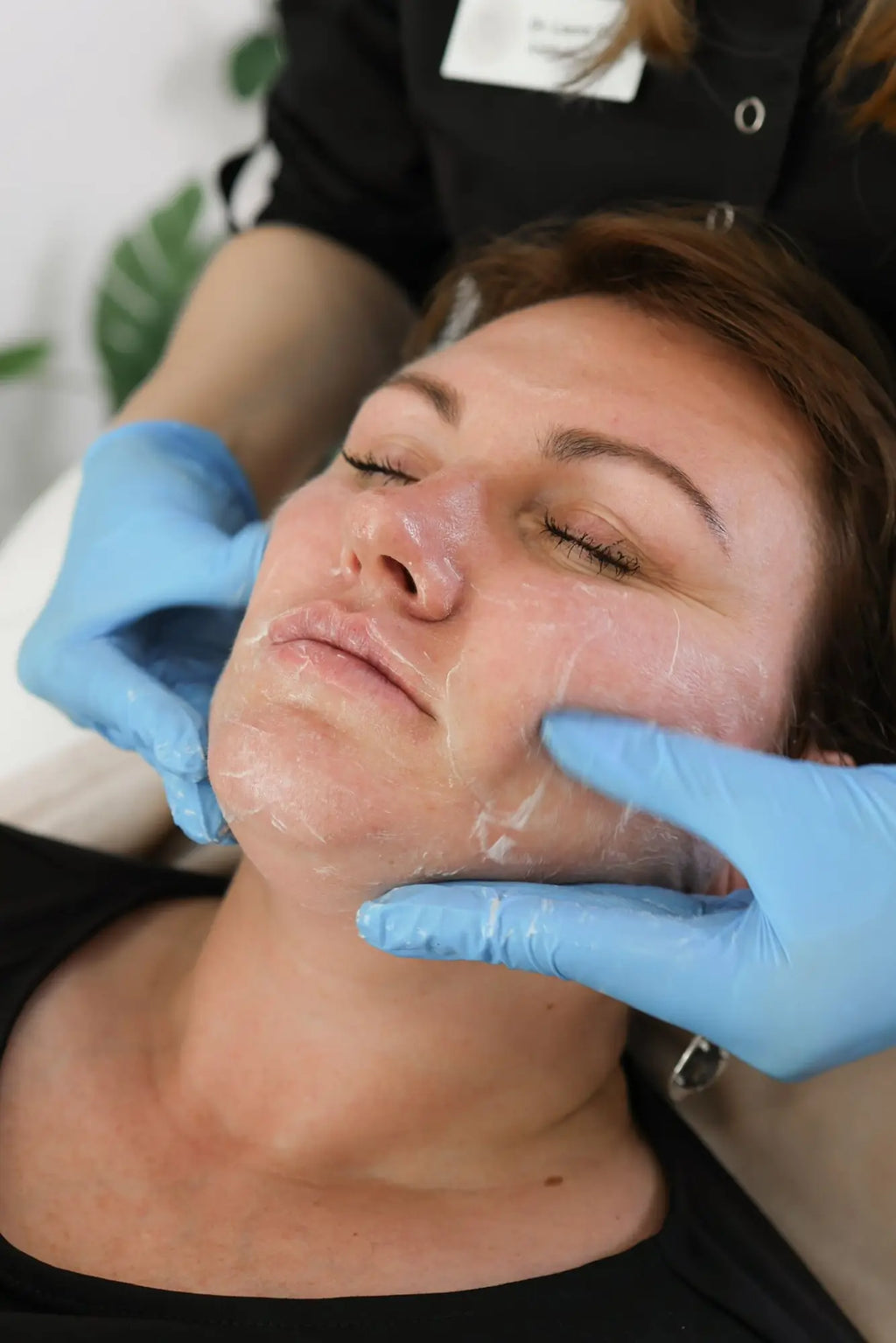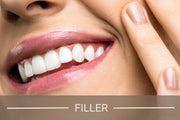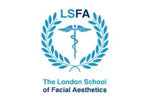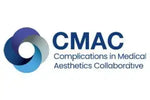Ultherapy vs HIFU: Key Differences Explained Clearly

Content Verification



✨ Quick Summary: Ultherapy vs HIFU ✨
🔍 Ultherapy uses ultrasound to lift & tighten deep layers – ideal for natural-looking results.
⏳ Both need patience — results build over weeks as collagen kicks into gear.
😊 Minimal downtime means you can get back to looking fab, fast!
💡 Choice depends on your skin goals & the depth of treatment needed.
💡 Expert Advice & Tips 💡
🧑⚕️ Always chat with a trusted pro to see which treatment suits your unique skin.
🛡️ Use SPF daily — protecting your skin keeps that youthful glow going strong!
⏰ Be patient — collagen takes time, but the wait is oh-so-worth it.
💧 Keep skin nourished with moisturisers to support your fresh results.
📅 Schedule follow-ups as advised to maintain that fab lift & tone.
Non-surgical face lift treatments are becoming increasingly popular among individuals seeking subtle, natural-looking facial rejuvenation. Ultherapy and HIFU are two leading ultrasound-based procedures used for skin tightening and lifting. While they may appear similar, important clinical and technological differences exist between these treatments. Understanding these can help you make a more informed and confident decision.
Both Ultherapy and HIFU stimulate collagen production, offering non-invasive solutions to ageing concerns like sagging and fine lines. They are commonly used on the face, jawline, neck, and décolletage with little to no downtime. However, they differ in treatment depth, intensity, results, and suitability for different skin types.
In this article, we clearly explain the key differences between Ultherapy vs HIFU so you can choose the right treatment. Our goal is to give you medically accurate, unbiased guidance to support your decision-making process.
What Is Ultherapy?
Ultherapy is a non-invasive procedure that uses microfocused ultrasound to target deeper layers of the skin. It’s commonly used for lifting and tightening without the need for surgery or needles.
Ultherapy treatment works by delivering precise ultrasound energy to the skin’s foundational layers, including the superficial muscular aponeurotic system (SMAS). This is the same layer typically addressed during surgical facelifts. The energy stimulates the body's natural production of collagen, which can result in firmer, more lifted skin over time.
Dr Laura Geige, Medical Director and Senior Skin Practitioner at It’s Me & You Clinic, explains: “Ultherapy is unique in its ability to visualise and treat deeper skin layers without cutting the surface. It’s often used for lifting the lower face, improving jawline definition, and treating skin laxity in the neck and décolletage.”
The most commonly treated areas include the face, neck, brows, and chest. It’s particularly well-suited for mild to moderate skin laxity and early signs of ageing.
Ultherapy treatment in the UK is typically performed in one session, though outcomes vary depending on age and skin condition. Most patients begin to see results within 2–3 months as new collagen forms. Effects can continue improving for up to six months and may last over a year with proper skin maintenance.
As a non-invasive option for skin lifting, Ultherapy is especially popular among individuals looking to delay or avoid surgery. It’s also valued for its minimal downtime and safety profile when performed by trained professionals.
What Is HIFU?
HIFU, or High-Intensity Focused Ultrasound, is a non-invasive treatment designed to stimulate collagen and tighten the skin. It targets precise depths beneath the surface without damaging the outer layer.
HIFU works by focusing ultrasound energy at specific skin depths, generating heat that triggers a natural healing response. This response encourages collagen production, which helps to firm and smooth the skin over time. Unlike lasers or radio frequency, HIFU penetrates deeper, making it suitable for structural lifting.
Dr Giedre Narkiene, a medical doctor specialising in dermatology, explains:
“HIFU offers a focused solution for facial contouring, especially for patients concerned about sagging around the jowls or jawline. It’s ideal for those seeking gradual improvement without any incisions or recovery time.”
HIFU facial treatment in the UK is often chosen for areas like the cheeks, jawline, brows, and under the chin. Some practitioners also treat fine lines on the neck and décolletage. Results develop gradually, with many patients noticing visible changes over several weeks to months.
HIFU is popular in aesthetic medicine due to its precision, non-invasiveness, and ability to deliver targeted results. It appeals to individuals who prefer a subtle lift without surgery or injectables.
For those exploring wrinkle-reducing solutions, HIFU for wrinkles can provide natural-looking improvements. While it’s not a replacement for surgical procedures, it can be an effective option for early to moderate signs of skin ageing.
Ultherapy vs HIFU: Key Differences
While both Ultherapy and HIFU are non-surgical skin lifting treatments, they differ significantly in technology, treatment depth, experience, and clinical oversight. Understanding these distinctions is essential when choosing the right option.
Ultherapy uses microfocused ultrasound with real-time imaging, allowing clinicians to visualise tissue layers during treatment. This ensures energy is delivered precisely where it’s needed. In contrast, HIFU uses high-intensity focused ultrasound, but without imaging guidance, which can limit accuracy in some cases.
The depth of penetration is another key difference in the Ultherapy vs HIFU comparison. Ultherapy targets the SMAS (superficial muscular aponeurotic system) layer — the same layer addressed in surgical facelifts. HIFU typically works at more superficial depths, which may make it more suitable for fine lines and mild laxity.
Dr Snieguole Geige, Dentist and Medical Doctor, notes: “Ultherapy tends to reach deeper structures and may be better suited for advanced laxity. HIFU is often preferred for more superficial tightening, especially around the cheeks and eyes.”
The treatment experience also differs. Ultherapy sessions can last 60–90 minutes and are often more uncomfortable due to deeper penetration. HIFU treatments are generally shorter and may involve less discomfort. Both treatments have minimal downtime, with most clients returning to normal activities the same day.
In terms of sessions required, Ultherapyis typically performed once, with results developing over 2–6 months. HIFU may require multiple sessions spaced several weeks apart for optimal results.
When comparing prices in the UK, Ultherapy is generally more expensive, starting around £1,500 per session. HIFU treatments often begin at £300–£600, depending on the area.
Ultherapyis usually performed in medically led clinics, while HIFU may be offered more widely, sometimes without medical oversight. For those seeking a personalised skin lifting comparison, it’s essential to choose qualified practitioners experienced in either modality.
Results and Effectiveness: What to Expect
Patients often ask how Ultherapy results compare to HIFU results — and the answer depends on skin type, age, and treatment goals. Both treatments aim to stimulate collagen for natural lifting and tightening without surgery.
Ultherapy results typically begin to appear after 2–3 months, with continued improvement up to six months post-treatment. The deeper ultrasound penetration often results in more noticeable lifting in the lower face and neck. Results can last up to 12–18 months depending on individual factors and lifestyle.
HIFU results may become visible sooner — often within four to six weeks — particularly for surface-level tightening and fine lines. However, results may be more subtle and often require two or more sessions for optimal effect.
Dr Giedre Narkiene explains: “Both Ultherapy and HIFU stimulate collagen in different ways. Ultherapy tends to give more structural lift, whereas HIFU is ideal for surface-level smoothing and early intervention.”
Visual outcomes include a firmer jawline, improved skin texture, and a reduction in mild wrinkles or sagging. These treatments do not replicate surgical outcomes but can offer a refreshed, natural appearance.
Maintenance typically involves annual Ultherapy sessions, while HIFU may be repeated every 3–6 months depending on the protocol. As part of a non-invasive facelift UK approach, these treatments are often preferred by those looking to delay more invasive procedures.
Safety and Side Effects
When considering non-invasive treatments, understanding the safety profile is essential. Both Ultherapy and HIFU are generally well-tolerated and carry a low risk of complications when performed correctly.
Common side effects may include temporary redness, mild swelling, tingling, or tenderness in the treated area. These symptoms usually resolve within a few hours to a few days. In rare cases, patients may experience slight bruising or numbness, which typically fades without intervention.
Suitability for Ultherapy or HIFU depends on individual skin condition, medical history, and aesthetic goals. These treatments are best suited for those with mild to moderate skin laxity. They are not recommended for individuals with open wounds, active infections, metal implants in the treatment area, or certain neurological conditions.
Dr Laura Geige advises: “Although both procedures are non-invasive, it’s crucial to have a thorough assessment beforehand. Only qualified practitioners can determine whether you’re an appropriate candidate and deliver treatment safely.”
The Ultherapy and HIFU safety record remains strong, particularly when administered in regulated clinics by trained professionals. Patients are encouraged to choose medical-led clinics with proven expertise in skin lifting and non-surgical technologies.
Which Is Right for You?
Choosing between Ultherapy and HIFU depends on several factors, including your age, skin condition, treatment goals, and budget. While both treatments offer non-surgical skin lifting, each has distinct advantages.
Ultherapy may be more suitable for individuals in their late 30s and above with moderate laxity, particularly in the lower face or neck. Its deeper penetration and imaging technology can be beneficial for more structural lifting. HIFU is often preferred by younger clients or those with early signs of ageing who want subtle skin tightening and wrinkle reduction.
Dr Snieguole Geige states: “Each patient’s skin is different. A tailored approach is critical — one size doesn’t fit all in aesthetic treatments.”
Budget also plays a role. HIFU tends to be more affordable and accessible, while Ultherapy is often higher in cost due to advanced equipment and clinician training requirements. If you're asking, “Is Ultherapy better than HIFU?”, the answer depends entirely on your unique skin needs and expectations.
A consultation with a qualified practitioner is essential. They will assess your skin and recommend the most appropriate treatment plan based on clinical expertise and safety considerations.
The Bottom Line
Ultherapy and HIFU are both effective non-surgical treatments for skin lifting and tightening, though they differ in depth, technology, and results. Ultherapy may suit those seeking deeper structural lifting, while HIFU can benefit individuals with mild to moderate skin ageing. The best choice depends on your unique needs, skin condition, and goals. Advancements in non-invasive aesthetics continue to improve safety and outcomes. Always consult a qualified practitioner to determine the most appropriate treatment plan for you.
Disclaimer: This article is for informational purposes only. Always consult a qualified healthcare provider or medical professional before making decisions about cosmetic treatments.




























